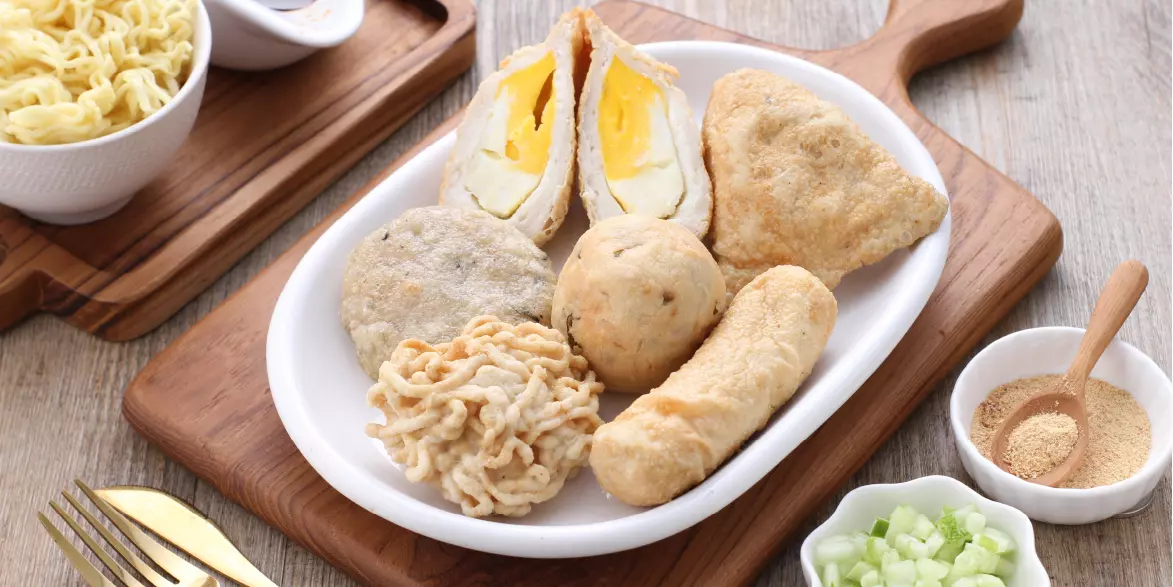newtownrrt.org – Pempek, a beloved dish from Palembang in South Sumatra, Indonesia, is a delectable fish cake that has captured the hearts and taste buds of locals and visitors alike. Known for its unique texture and savory flavor, Pempek is a versatile dish that can be enjoyed as a snack, appetizer, or main course. Its popularity has spread far beyond its place of origin, making it a staple in Indonesian culinary culture.
The Ingredients and Varieties of Pempek
Pempek is made primarily from a combination of fish and tapioca flour, which gives it a chewy texture. The most commonly used fish is mackerel, although other types of fish can also be used depending on regional availability and preference. The dough is seasoned with garlic, salt, and sugar to enhance its flavor.
There are several varieties of Pempek, each offering a different taste experience:
- Pempek Kapal Selam: Known as the “submarine” due to its shape, this variety is filled with a boiled egg and is one of the most popular types.
- Pempek Lenjer: A cylindrical version, usually served sliced.
- Pempek Adaan: A round, fried version with a more robust flavor.
- Pempek Kulit: Made from fish skin, offering a distinct taste and texture.
How Pempek is Prepared
The preparation of Pempek involves several steps, starting with the creation of the dough by combining fish paste and tapioca flour. The dough is then shaped into various forms, depending on the type of Pempek being made. Once shaped, the fish cakes are boiled until they float, indicating they are cooked through.
After boiling, Pempek can be fried to give it a crispy exterior, enhancing its flavor and texture. The fried fish cakes are then served with a special dipping sauce known as “cuko,” which is made from vinegar, palm sugar, chili, and garlic. This tangy, sweet, and spicy sauce complements the savory fish cakes perfectly.
The Cultural Significance of Pempek
Pempek holds a special place in Indonesian culinary heritage, particularly in Palembang, where it is considered a traditional dish. It is often enjoyed during family gatherings, celebrations, and festivals. The dish’s versatility and ease of preparation have contributed to its widespread popularity across Indonesia.
In Palembang, Pempek is more than just food; it is a symbol of the city’s rich cultural history and its people’s ingenuity in creating delicious dishes from locally available ingredients.
Conclusion
Pempek is a testament to the flavorful and diverse nature of Indonesian cuisine. Its combination of fish and tapioca, along with the distinct cuko sauce, creates a memorable taste experience that appeals to many palates. Whether you’re sampling it for the first time or enjoying it as a familiar favorite, Pempek offers a delicious journey into the heart of Indonesian culinary tradition.
